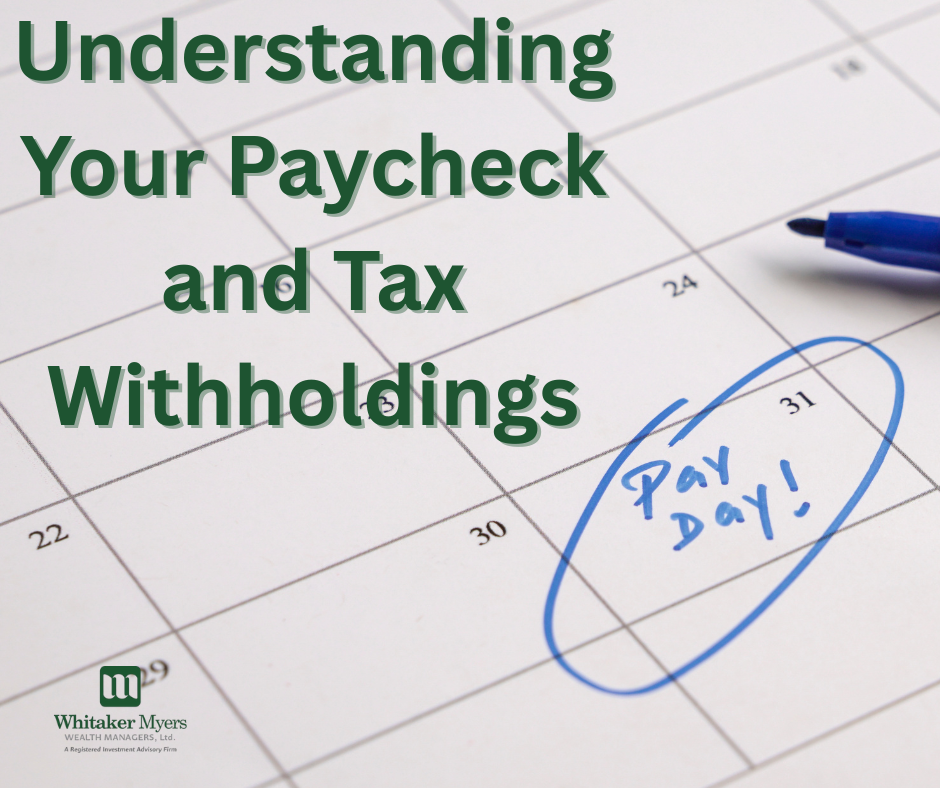Why ETFs Are Taking Over—and Why Your Portfolio Needs Them
- Ben Allen
- Aug 5
- 4 min read
Understanding the features of Exchange Traded Funds as benefits to help you build wealth.
ETFs Are Trending
A recent headline in Baron’s weekly publication caught my eye: “ETFs Are Eating The World. How to Invest.” Ian Salisbury does a fantastic job describing the recent uptick in ETFs. For example, he notes that there are now 4,000 ETFs listed on the New York Stock Exchange, compared to a mere 2,400 individual stock listings. Many of our clients at Whitaker-Myers Wealth Managers already have included some exposure to ETFs in their portfolios—nothing new for our firm.
However, some things are changing on the ETF landscape that are worth taking another look at.
To get you in the spirit, here is a short limerick I found on the topic:
“An investor who feared a big flop, Found ETFs right there in the shop.“They’re cheap and they spread, Won’t tax me,” he said, “Now I’m rich—and I barely did squat!”
Who doesn’t love investment-themed poetry!?
Understanding Features As Benefits
In the finance industry, there is usually too much noise and not enough signal for the casual investor to understand, let alone care. When I am speaking with clients, I try not to just simply explain what something does. Instead, I try to highlight the benefit to the client of an investment strategy or product. Here are some of the key features and advantages of ETFs:
Feature | Description | Benefits to Investors |
Diversification | ETFs typically hold a diversified portfolio of securities across various sectors, indexes, or themes. | Reduces individual stock risk and improves portfolio balance |
Liquidity | ETFs trade throughout the day on exchanges like stocks (unlike mutual funds) | Easy to buy and sell at market prices during trading hours |
Low Cost | Generally lower expense ratios compared to mutual funds | Helps keep more of your investment returns |
Transparency | Holdings are usually disclosed daily | Investors always know what they own |
Tax Efficiency | Creation/redemption process often limits taxable capital gains distributions. | Potentially lower tax bills compared to mutual funds |
Small Minimum Investment | You can buy as little as one share of the ETF | Easy to start investing even with limited capital |
How ETF Benefits Help Build Wealth
Diversification
By owning an ETF, you spread your money across many different stocks or bonds instead of just one. This reduces the risk of a big loss if a single company or sector performs poorly. It helps create a more stable long-term portfolio.
Liquidity
Because ETFs trade on exchanges like stocks, you can buy or sell them at any time during market hours. This makes it easy to respond to market changes or access funds quickly if needed. You don’t have to wait until the end of the day like with mutual funds.
Low Cost
ETFs generally have lower annual fees compared to actively managed funds. Over time, these cost savings can accumulate and enhance your overall returns. Keeping expenses low is one of the most reliable ways to improve investment outcomes.
Transparency
Most ETFs publish their holdings every day, so you always know exactly what you own. This allows you to make informed decisions about your investments. There are no surprises about where your money is allocated.
Tax Efficiency
The unique way ETFs are structured helps reduce the likelihood of taxable capital gains distributions. This means you may owe less in taxes each year compared to some mutual funds. Keeping more money compounding in your account helps grow wealth faster.
Small Minimum Investment
You can start investing in ETFs by purchasing just one share, which often costs much less than buying all the underlying assets individually. This makes it accessible even if you have limited funds. It’s an easy way to begin building a diversified portfolio right away.
New Benefits In The ETF World
In my opinion, the “newest” benefit of ETFs developing over the last couple of years is the democratization and liquidity of previously restrictive (and expensive) asset classes like Private Credit, and the particular value of diversification among emerging asset classes that are innovative and disruptive, like Cryptocurrency.
Previously, investors seeking access to higher-yielding fixed income alternatives had to qualify for an asset class known as Private Credit by meeting specific income or net worth requirements. Private Credit markets pay a higher yield on bonds than publicly traded corporate or government bonds. Due to the way an ETF is structured, the fund is the entity that meets the minimum qualifications, and investors in the fund can purchase shares of the fund without individually qualifying, making the purchase of these asset classes more accessible.
Cryptocurrency is a growing asset class, but is off-putting to many conservative investors. Whenever a new technology emerges, there are always fewer long-term winners than losers. However, the winners win big (consider Amazon, the world’s largest retail marketplace company). Therefore, investors interested in incorporating cryptocurrency into their portfolios may feel uncertain because they lack confidence in selecting among Bitcoin, Dogecoin, Ethereum, and other options. Finding the right crypto ETF could be a perfect way to introduce this asset class to a portfolio with diversified risk by spreading the fund’s investments among various cryptocurrency players. Additionally, the price of owning a single Bitcoin is comparable to owning a Tesla Cybertruck, making a crypto ETF a potentially better fit for the everyday investor.
ETF Wrapper
In summary, ETFs have become an essential tool for investors seeking diversification, cost efficiency, and access to innovative asset classes that were once out of reach. Whether you’re just beginning to build wealth or looking to refine an existing portfolio, the range of ETFs available today makes it easier than ever to customize your investments to fit your goals and risk tolerance. As the market evolves, ETFs are likely to continue expanding their role, offering everyday investors the opportunity to participate in new strategies, sectors, and technologies with the same simplicity and transparency that have fueled their remarkable growth. If you would like to learn more about which investments fit your needs, you can reach out to a financial advisor today.



